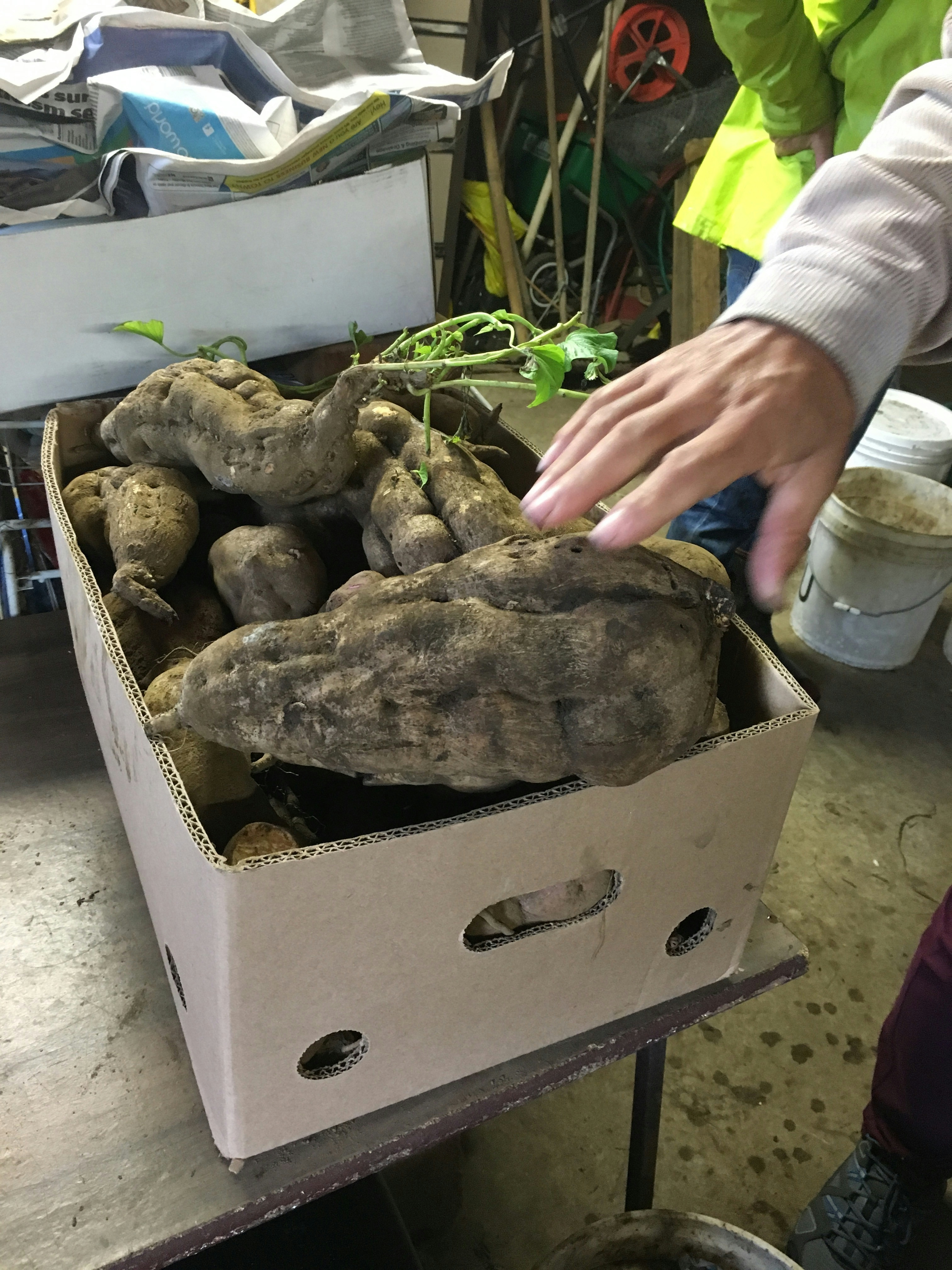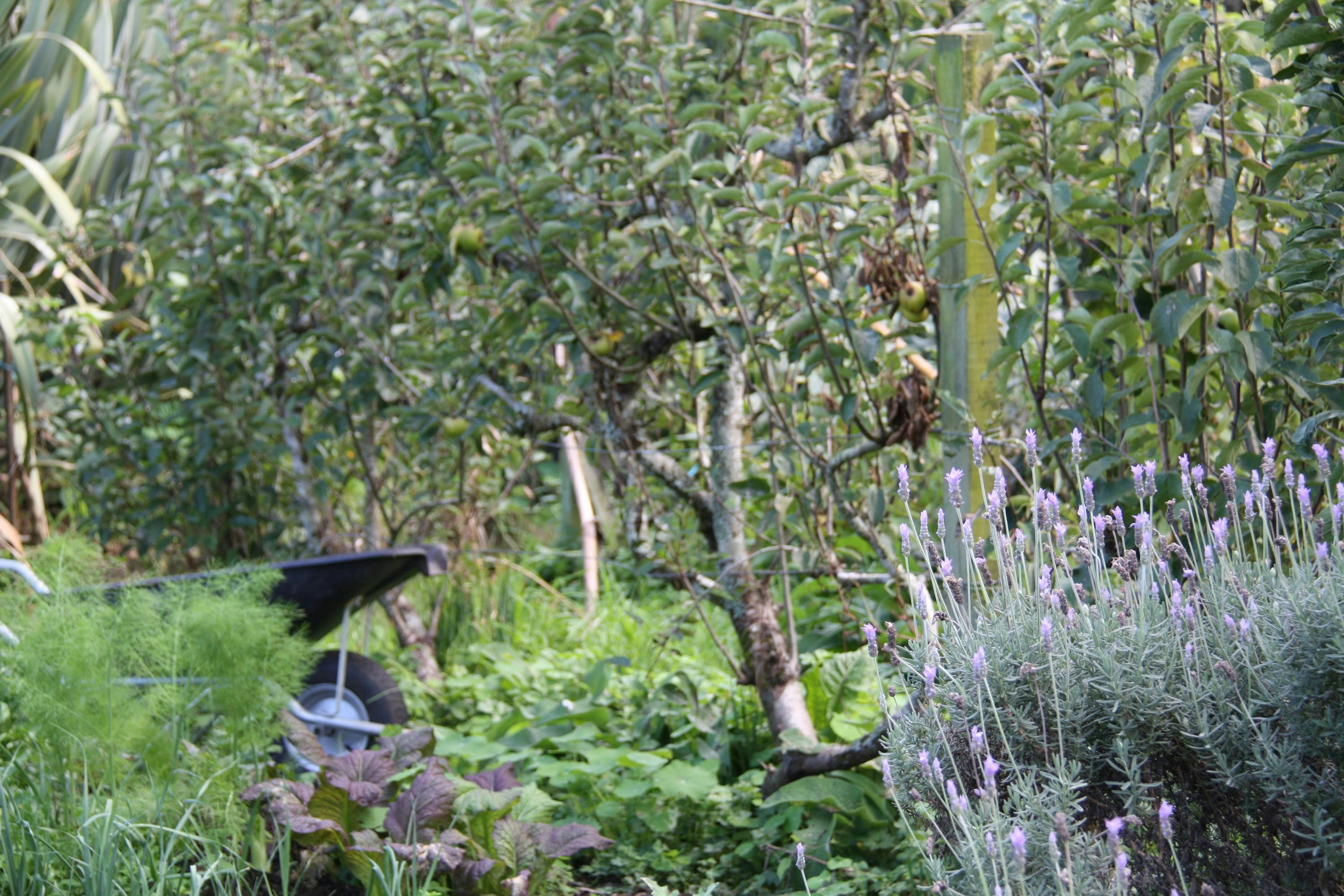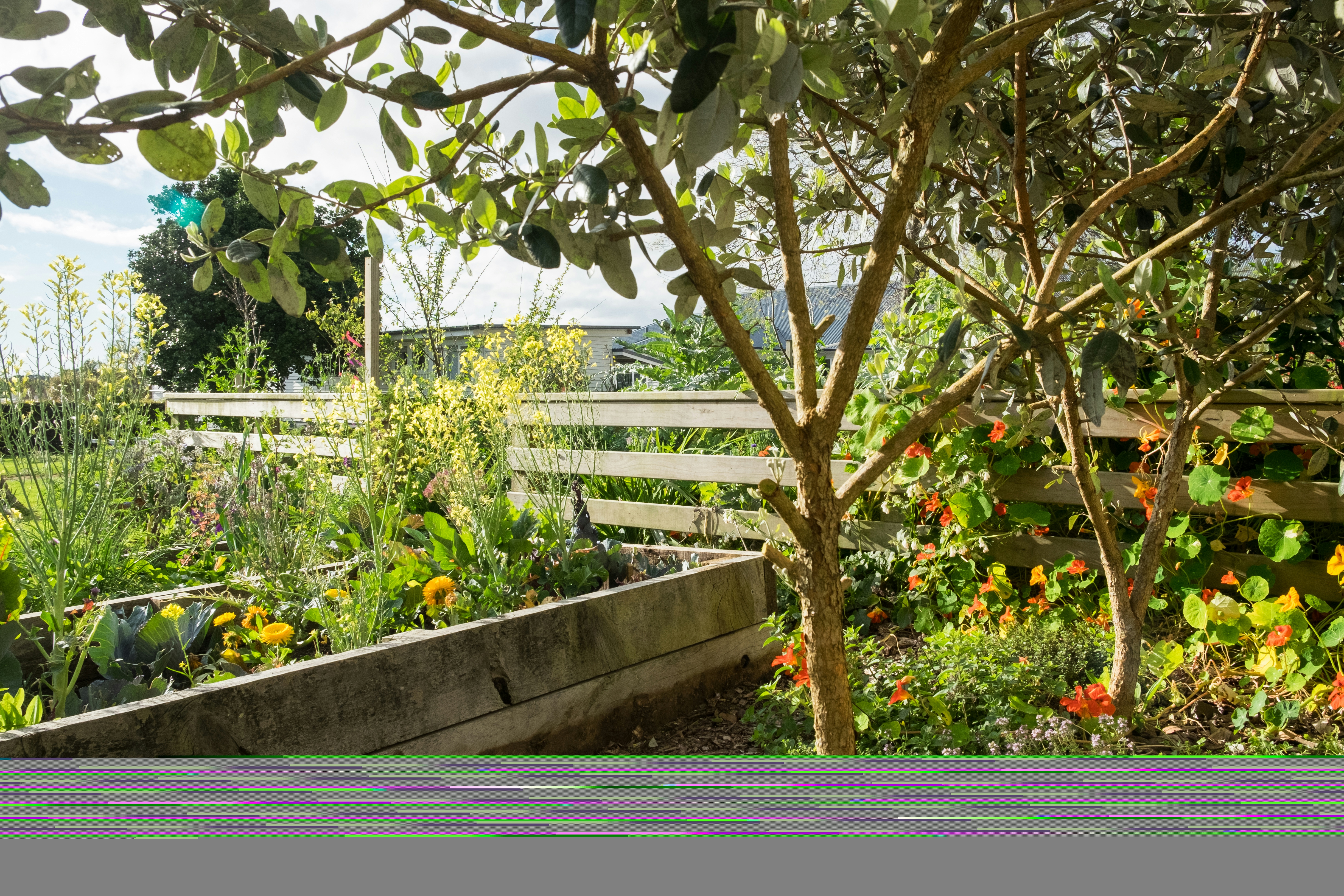
Journal — Community
Xanthe White
14th September 2020
Creating a Māra Kūmara: Our Visit to Sanctuary Mahi Whenua
On 25th May 2018, a group of tamariki from Dominion Road School were lucky to spend the morning at Sanctuary Mahi Whenua. Matua Keni and Matua Trevor shared with us their knowledge about this very special place and traditional methods used in a māra kūmara garden.
The kūmara we have in Aotearoa originated in the Pacific. It was brought here as a toanga and a food source during early migration from Tahiti, some 1,500 km away. Kumara is also found in many other Pacific islands (Tonga, Samoa, Fiji and The Cook Islands). In these tropical, warm islands kūmara is easy to grow - you harvest, use what you need and then return the rest to the ground to grow again. In temperate New Zealand we need to be much more strategic with our māra kūmara in order to provide the conditions required to grow a good crop.
In the traditional māra kūmara layout, the mara is surrounded by a manuka fence with a single entrance at the south east. This ensures that the garden is entered purposefully, with thought, care and the intention of mahi. The border also says ‘don’t come this way’, by stopping us from standing over the kumara on the south side, blocking valuable sunlight.
Kumara is grown in raised circular mounds about half a meter high. This helps water drain away and avoids rot.
The mounds are laid out in a special pattern. Three Tiraha (gifting mounds) are situated on the southern border. After hauhake the kumara from these mounds will be given away. These mounds have special names that link to the landscape and its history.
At Sanctuary Mahi Whenua the mounds are named: Wairaka for a Māori ancestor of the Mt Albert area. She is known as one of the beautiful daughters of Toroa, chief of the Ngati Awa tribe and captain of the Mātatua waka (canoe). Wairaka is known throughout New Zealand because of her bravery. She is known as a strong leader of her people. Mahina a traditional word for Moon, from whom the kumara is a gift. Oruarangi for the local mountain of Owairaka.
The rest of the plot is laid out in a special pattern of four mounds in a square, with a fifth mound in the centre of each square. This grid continues throughout the plot. It is an efficient way of planting and enables an awa (river) or passage through the garden. Sacred kumara is not to be stepped over.
In traditional māra kūmara nothing new is bought into the garden and nothing is taken out. Weeds form a pile along one side which break down into compost to nurture next season’s crops. Manuka digging sticks in a range of sizes were used to cultivate the gardens. Other crops grown alongside the kumara include rīwai (potato) and hue (calabash).
In September the call of the Pipiwharauroa (Shining Cuckoo) heralds the start of the growing season. First the ground is weeded and prepared, then planting takes place 28 days after the new moon. Crops take approximately six months to mature, all crops must be out of the ground by Matariki’s disappearance from the night sky.
Small seed kumara are stored in a mound called a parahe. This is a gift of the harvest to returned back to the garden in the next planting cycle. Kumara are harvested and stored with care, treated as you would a young child. They are laid with space between each fruit, side by side on dry silver fern and stored either in a pit in the ground or in a pataka (a storage house up on a pole). It is important to protect them from rats and to ensure they are kept dry from rot. Kumara were often dried in a steam free hangi to preserve them. It was common to eat them raw, steeped in water or roasted.
Join Our Newsletter
XANTHE WHITE DESIGN
Auckland Studio
Phone: 09 815 1187
Email: info@xwd.co.nz
XANTHE WHITE DESIGN
Wellington Studio
Email: wellington@xwd.co.nz

